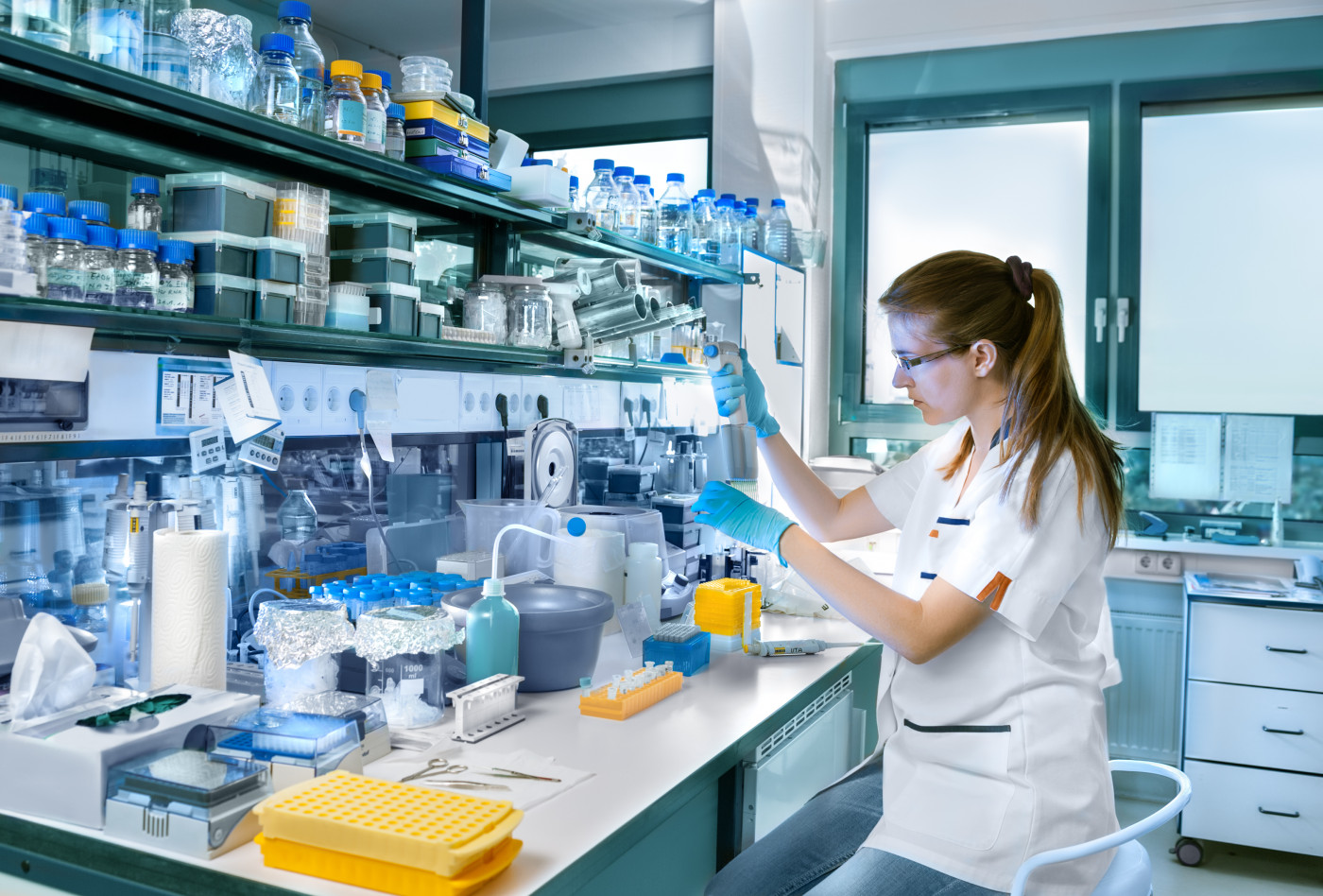Mild Disease Linked to Slight Changes in AADC Protein Structure

Recently-characterized mutations that have been associated with mild AADC deficiency cause some alterations to the AADC protein, but do not drastically alter the protein’s structure, according to a new analysis.
The data were presented at the WebPro meeting this May in a poster, titled “Compound heterozygosis in AADC deficiency: a complex phenotype dissected through comparison among heterodimeric and homodimeric AADC species.”
AADC deficiency is caused by mutations in the DDC gene, which provides the instructions for making the protein AADC (aromatic l-amino acid decarboxylase). The AADC protein is necessary for making certain brain signaling molecules (neurotransmitters), namely dopamine and serotonin. Mutations in DDC result in the production of a protein that has an altered structure and, as such, cannot function properly.
Understanding exactly how specific DDC mutations affect the structure and function of the AADC protein can help to unravel the biological underpinnings of the disease, and provide clues as to why certain individuals might have more severe symptoms than others.
At the WebPro meeting, a team of researchers based in Italy shared the results of biochemical experiments that were done to characterize two recently-described DDC mutations, called C281W and M362T.
The two mutations’ names refer to the respective change in amino acid sequence of the AADC protein (amino acids are the building blocks of proteins): the AADC protein normally has the amino acid cysteine (C) at the 281st position in the amino acid chain, but in the C281W mutation, the cysteine is instead replaced with another amino acid called tryptophan (W). Similarly, in the M362T mutation, there is a threonine (T) at the 362nd position in the amino acid chain, where there is normally a methionine (M).
These two mutations were identified in a 16-year-old male patient with relatively mild disease symptoms.
Biochemical analyses revealed that both of the analyzed mutations reduced the solubility of the resultant AADC protein. In other words, both mutations altered the electrical interactions between the AADC protein and surrounding water molecules.
Nonetheless, experiments also indicated that the overall structure of the two mutated proteins is relatively similar to that of the wild-type (non-mutated) protein, but the changes were enough to dramatically reduce their affinity to pyridoxal 5′-phosphate, an active form of vitamin B6 that is essential for AADC to produce neurotransmitters.
Consistently, the catalytic efficiency of the two proteins — that is, the proteins’ ability to help produce neurotransmitters — was reduced, but only to a small extent.
The researchers suggested that the comparatively slight changes to AADC protein structure and function likely explain why this patient had relatively mild symptoms of the disease.
They concluded that further studies to examine protein-level effects of different mutations will help understand the disease-causing mechanisms in AADC deficiency.





